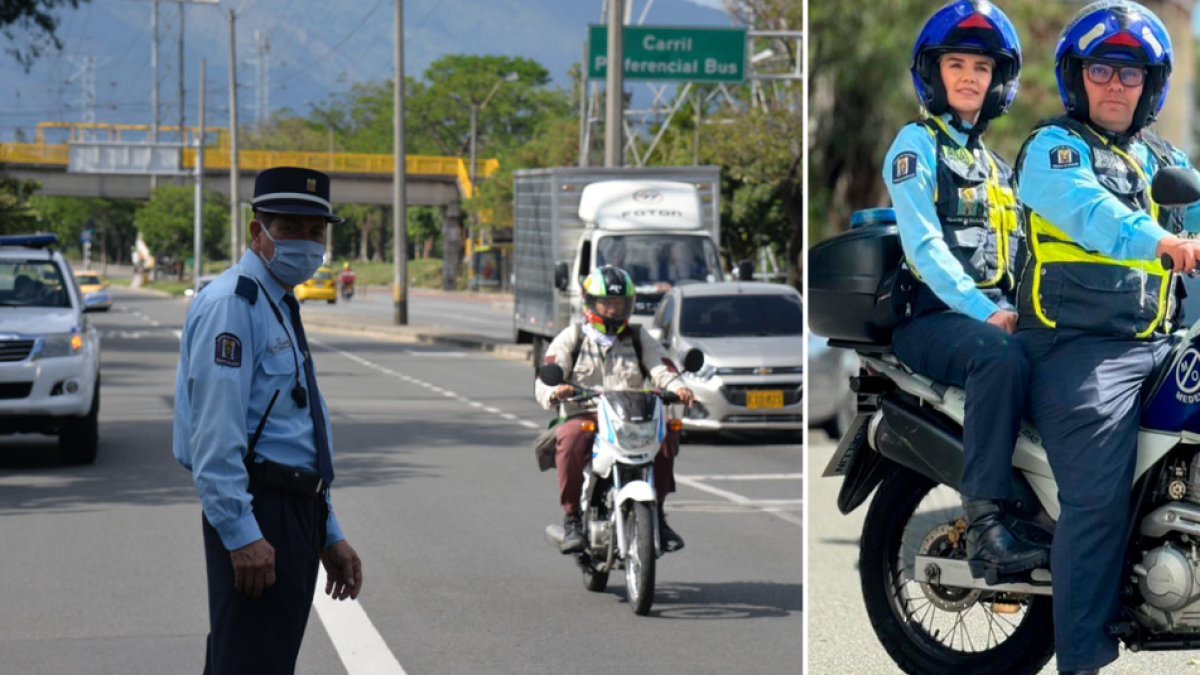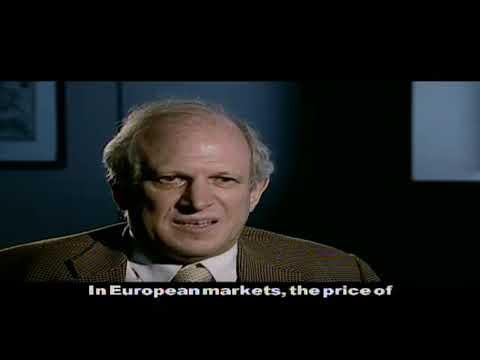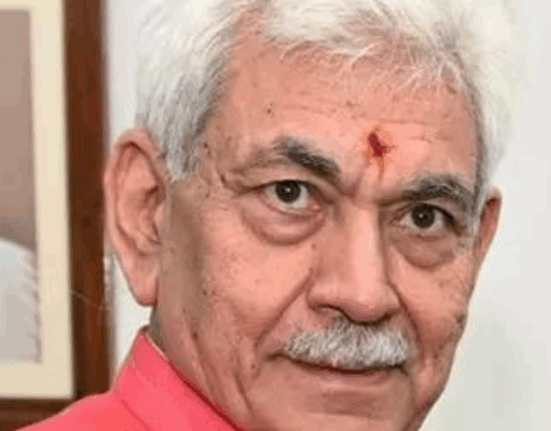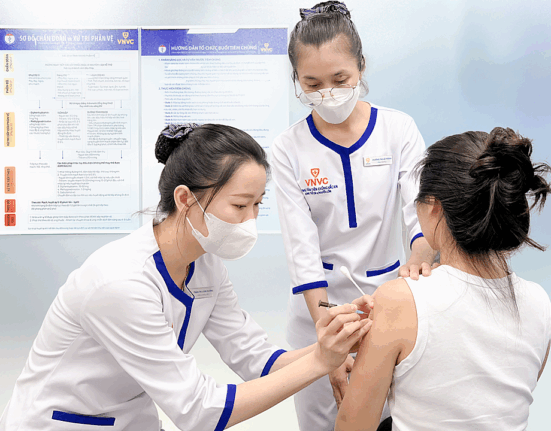In the bustling city of Medellín, the vibrant streets are alive with the hum of activity. But amidst the urban symphony of cars and pedestrians, a familiar decree looms over the drivers – “Pico y Placa.” This traffic restriction policy, aimed at alleviating congestion and reducing pollution, sets specific times when vehicles with certain license plate numbers are prohibited from circulating on the city’s roads.
As the sun rises on the morning of Friday, July 11, 2025, Medellín’s motorists brace themselves for another day of navigating the intricate web of Pico y Placa regulations. For many, it’s a routine that dictates their daily commute and shapes their schedules.
Among the commuters, Maria, a young professional with a penchant for punctuality, meticulously plans her journey to work to avoid the Pico y Placa restrictions. She knows that being caught in the traffic snarl during restricted hours could mean delays and frustration. So, she sets out early, weaving through the city’s arteries with precision timing.
Experts point out that while Pico y Placa may inconvenience drivers, its benefits in reducing traffic congestion and improving air quality are significant.
Meanwhile, at the city’s traffic control center, a team of analysts monitors the flow of vehicles across Medellín. Through a network of cameras and sensors, they gather real-time data on traffic patterns, helping to optimize the effectiveness of the Pico y Placa policy. Their insights guide the city officials in fine-tuning the regulations for maximum impact.
Dr. Rodriguez, a transportation specialist, emphasizes the need for a multi-faceted approach to urban mobility, with policies like Pico y Placa playing a crucial role in creating sustainable cities.
As the day unfolds, the streets undergo a transformation during the Pico y Placa hours. The usual cacophony of honking horns gives way to a more orderly procession of vehicles, each adhering to the restrictions imposed on them. The city breathes a sigh of relief as the rush hour traffic flows smoother, and the air seems a little cleaner.
Beyond the immediate benefits of reduced congestion, the Pico y Placa policy holds broader implications for Medellín’s future. By promoting alternative modes of transportation such as public transit, cycling, and walking, it encourages a shift towards a more sustainable urban landscape. This shift not only enhances the quality of life for residents but also positions the city as a forward-thinking hub of innovation.
City planners are increasingly recognizing the need for holistic solutions to urban mobility challenges, where policies like Pico y Placa intersect with infrastructure development and public engagement to create a more livable city.
As the sun sets on the Pico y Placa day in Medellín, drivers reflect on their journey through the city’s intricately regulated streets. While the restrictions may test their patience at times, they understand the greater purpose behind the policy. It’s a collective effort towards a greener, more efficient urban environment, where every driver plays a part in shaping the future of their city.
In the tapestry of Medellín’s urban fabric, Pico y Placa is but one thread, weaving through the daily lives of its residents. It symbolizes the city’s commitment to sustainable growth, where progress is measured not just in miles traveled but in the collective strides towards a more harmonious coexistence between man and machine.
So, as the next Pico y Placa day dawns on Medellín, drivers will once again heed the call to navigate the city’s streets with mindfulness and purpose. For in the ebb and flow of traffic restrictions lies the promise of a city that moves forward, one carefully planned journey at a time.









Leave feedback about this